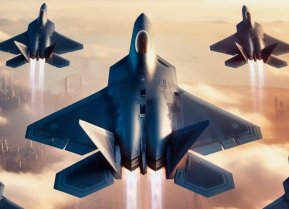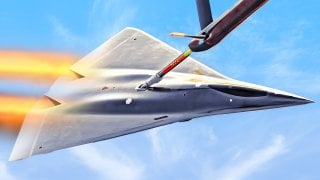The U.S. Air Force's NGAD 6th Generation Fighter: It Might Never Fly
The U.S. Air Force's Next-Generation Air Dominance (NGAD) program faces budgetary challenges, potentially delaying its sixth-generation fighter jet.
Summary and Key Points: The U.S. Air Force's Next-Generation Air Dominance (NGAD) program faces budgetary challenges, potentially delaying its sixth-generation fighter jet.
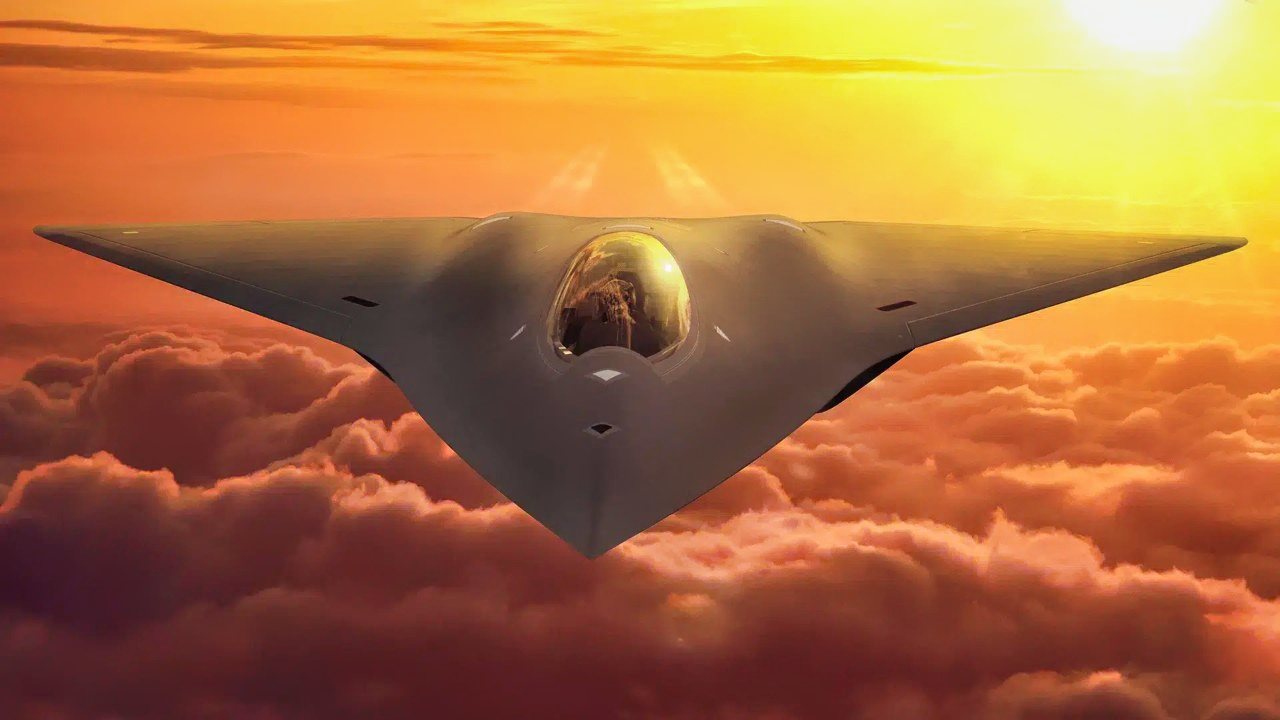
-With funds also needed for the B-21 Raider stealth bomber, Sentinel ICBM, and more F-35A fighters, NGAD's future is uncertain.
-The program, aimed at replacing F-22 Raptors, envisions a mix of manned and unmanned aircraft. With China developing its own advanced fighters, the Air Force must balance budget constraints with maintaining technological superiority.
NGAD: Future of U.S. Air Force’s Next-Generation Air Dominance Program in Doubt
The future is uncertain for the U.S. Air Force’s Next-Generation Air Dominance program, or NGAD. According to Defense One, Air Force Secretary Frank Kendall revealed that budgetary constraints are forcing the service to revisit its plans for the sixth-generation fighter jet platform.
“Just to be clear, the deliberations are still underway. There’s been no decision made. We’re looking at a lot of very difficult options that we have to consider,” Kendall said. But earlier in the week, service chief Gen. David Allvin declined to commit to constructing the NGAD.
The Air Force’s budget is stretched, with resources directed to the upcoming B-21 Raider stealth bomber, the next-generation Sentinel intercontinental ballistic missile, and the introduction of additional F-35A Lightning II fighters.
However, the Air Force needs to introduce a sixth-generation fighter before China does, especially in light of escalating tensions between the two countries.
What We Know About NGAD
Designed to replace the Air Force’s aging fleet of F-22 Raptors, sixth-generation NGAD jets are expected to equip a bevy of futuristic technologies when (or, if) they are introduced. The NGAD is envisioned as a “family of systems,” an idea introduced over a decade ago as the service aimed to develop prototypes incorporating DARPA’s Air Dominance Study.
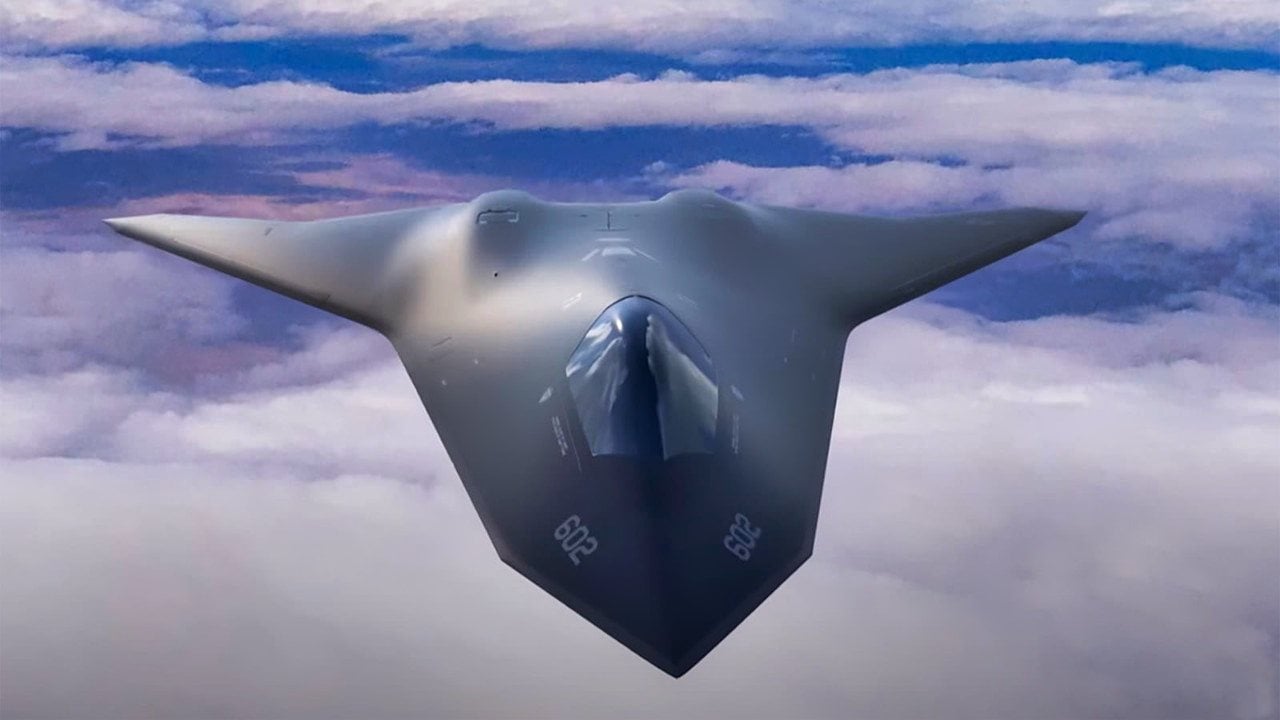
While exact specs and capabilities remain highly classified, the Air Force has allowed limited clues about the futuristic program. Perhaps most distinctive is NGAD’s expected capability to operate in both manned and unmanned configurations.
Air Force officials have said the service plans to possess a fleet of approximately 1,000 unmanned aerial vehicles and 200 NGAD stealth combat fighter jets. The highly autonomous drones, referred to by the Air Force as Collaborative Combat Aircraft, will fly alongside the sixth-generation fighters in a loyal wingman capacity.
The Future of NGAD?
The NGAD program appeared to be on track and making progress – until recently. Last year, the Air Force said it intended in 2024 to award the contract to build these fighters. Lockheed Martin and Boeing are believed to be the sole remaining contenders, as Northrop Grumman is already hard at work developing the B-21 Raider bomber. NGAD fighters will cost $300 million per unit, though, and budgetary limitations may have the final say in its completion.
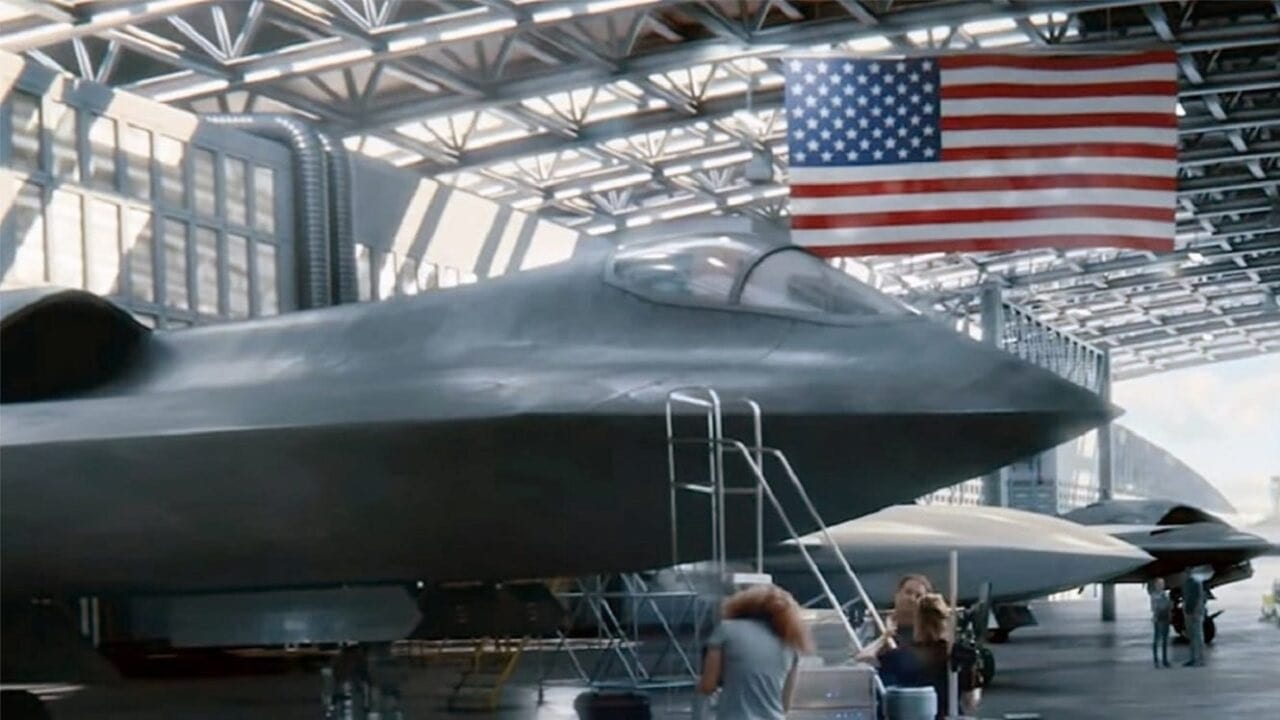
Until the service can field next-generation fighters, it should retain its remaining F-22 Raptors, and certainly not retire them. Meanwhile, China is working to introduce its own sixth-generation fighter, so the race to field more advanced airframes is already well underway.
About the Author: Maya Carlin, Defense Expert
Maya Carlin, National Security Writer with The National Interest, is an analyst with the Center for Security Policy and a former Anna Sobol Levy Fellow at IDC Herzliya in Israel. She has by-lines in many publications, including The National Interest, Jerusalem Post, and Times of Israel. You can follow her on Twitter: @MayaCarlin.
All images are Creative Commons.
